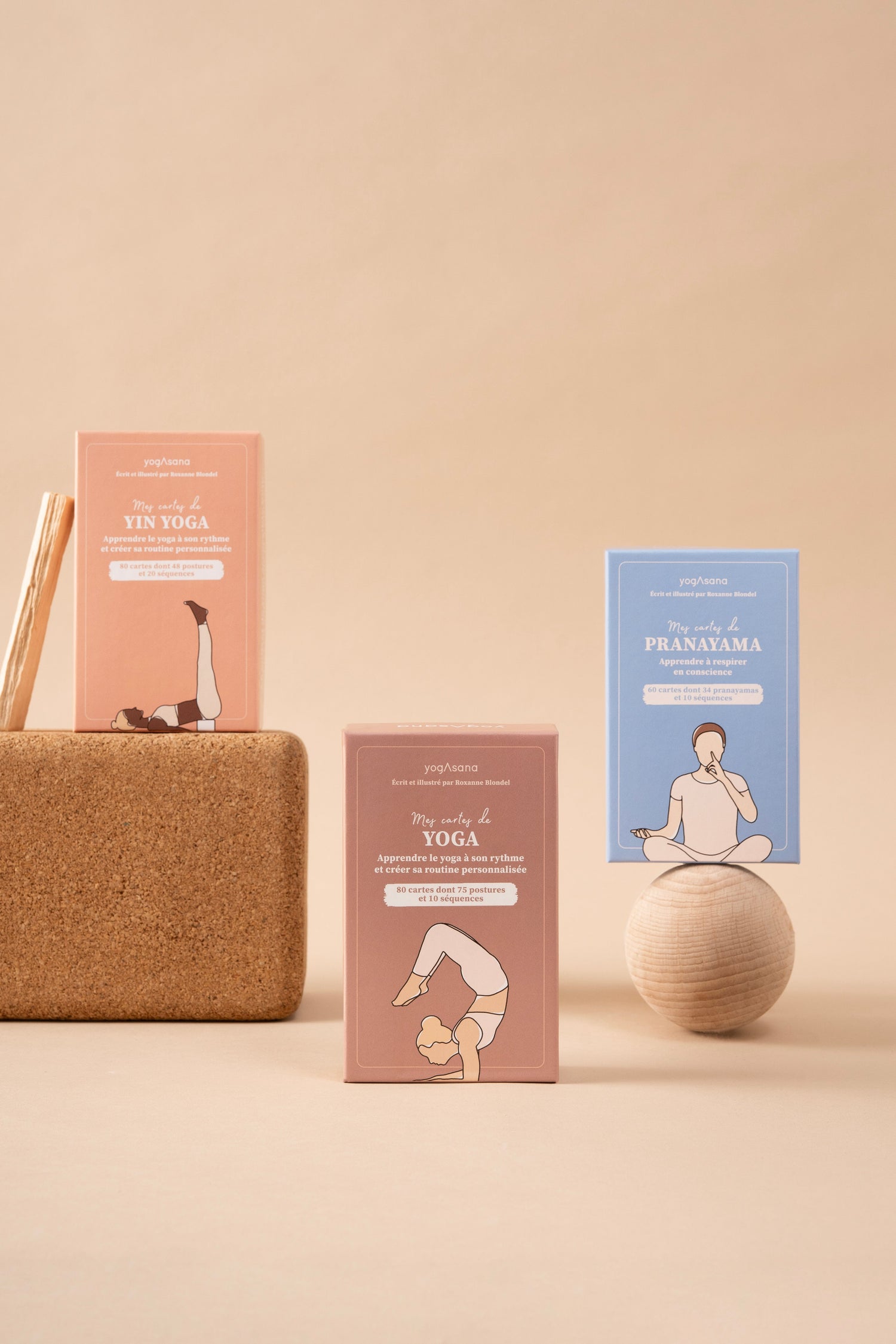What is Ashtanga Yoga?
If there is a type of yoga that is closest to tradition , it is Ashtanga Yoga. On the program: discipline , endurance and flexibility . But it is better to be seasoned before trying it.
Ashtanga Yoga: Definition
Theorized in the 1970s by the Indian teacher Pattabhi Jois, Ashtanga Yoga means " eight limbs ". The sage Patanjali details in his Yoga Sutras, these 8 principles of life to observe as a yogi. Unlike Vinyasa, the practice of Ashtanga Yoga is based on a series of well-defined postures. Rigorous and demanding, this type of yoga is among the oldest and most traditional. The sequence is always the same: 5 sun salutations A, 5 sun salutations B (card links?), followed by standing postures then on the ground.
The 8 limbs of yoga

- Yamas : The Rules of Behavior
- Niyamas : Self-discipline
- Asanas : the postures
- Pranayama : breathing
- Pratyahara : mastery of the senses
- Dharana : concentration
- Dhyana : meditation
- Samadhi : enlightenment
Ashtanga Yoga: what are the benefits?
Ashtanga series consist of a wide variety of postures that strengthen all muscles and joints. As is often the case in yoga, muscle strengthening does not go without flexibility work. The transitions between each asana allow you to stay in motion and increase cardiovascular endurance . As soon as the sun salutations are over, the temperature rises and the body begins to eliminate toxins . In addition, the concentration on the breath chases away mental agitation, stress and anxiety.
Ashtanga Yoga: for whom?
If you like to be disciplined and demanding of yourself, Ashtanga is for you. In the first series, no less than 75 asanas follow one another. So it is better to be in good physical condition. And even if there are options for each posture, it is not the best type of yoga for a beginner.
To go further
Traditionally, yogis practice Ashtanga Yoga daily and early in the morning. To complete the entire series, they spend 1h30, or even 2h on their mat. It is through this repetition, on good and bad days (aches, fatigue, etc.), that we learn to observe and challenge ourselves.

